Looking for lightweight Linux Distributions that play smoothly on old PC or laptop with low end specs? Here are some of them for you!
Advanced users can always install and set up a lightweight desktop environment manually on top of current OS. However, for beginners and those who don’t want to take time customizing the desktop, then a ready to use distribution is a better choice.
In Linux world, XFCE, MATE, LXQt/LXDE are commonly used desktop environments for lightweight distributions, though there are also many others for choice. And, here are 9 of them for beginners.
NOTE: All the Linux Distributions below run very smooth on my laptop with Intel i5-8350U (tested with 2 cores), 2 GiB RAM, and NVMe SSD. If your computer have HDD hard disk, 4 GiB RAM is recommended for faster app loading.
1. Linux Lite
Linux Lite is one of my top favorite Linux Distribution, based on Ubuntu LTS, but No Snap and No Flatpak out-of-the-box.
The distribution aims to appeal to Linux beginners and Windows users, and features a customized XFCE Desktop environment with modern look and feel.
It includes some handy tools, such as a beautiful desktop widget to monitor CPU/Memory usage, a welcome dialog with quick access to driver, system restore, light/dark settings, as well as get support and contribute to the developer team.
The built-in Software App allows to easily install/uninstall popular app (e.g., Spotify, TeamViewer, Zoom, and more) with few mouse clicks. And, there’s a “Light Tweak” tool to do common tasks, such as clear memory, install/remove Kernels, boot repair, save battery life with TLP, without struggling with Linux command or config files.
It so far supports only 64-bit AMD and Intel PC and laptop, and minimum computer requirements include 1Ghz CPU, 768MB RAM (though 1GB recommended), 8GB disk space.
2. Ubuntu MATE
Ubuntu MATE is Ubuntu + MATE Desktop, a continuation of the classic GNOME 2 Desktop Environment.
As an official Ubuntu flavor, it uses same themes, fonts, and many same apps (e.g., Software & Updater, Additional Driver, Shotwell, Startup Applications, and so forth) to Ubuntu, along with its own set of core apps. Users of GNOME (default desktop in Ubuntu/Fedora) may be familiar with the Distro!
And, it’s supported by the biggest Linux community, including askubuntu.com, ubuntuforums.org. It has the most online tutorials, and software sources (e.g., launchpad.net for Ubuntu PPAs).
However, for those who don’t like the SNAP, the flavor follows Ubuntu policy that includes Firefox, Thunderbird, Software App (App Center), Chromium etc as Snap packages run in sandbox environment.
Ubuntu MATE is a bit less lightweight. It requires a 64-bit AMD/Intel CPU, with 1 GB RAM (4 GB recommended), though both 32-bit and 64-bit Raspberry Pi (B modules) family are supported.
3. XUbuntu
XUbuntu is Ubuntu + XFCE Desktop, a lightweight GTK+3 based desktop environment.
Like Ubuntu MATE, it’s an official flavor supported by Ubuntu community, while also including Firefox, Thunderbird, App Center, Chromium etc as Snap package.
It’s a bit more lightweight that MATE, but the default desktop appearance looks a little bit old aged, IMO. It uses less GNOME stuff and different themes to Ubuntu, which probably why it’s lighter.
For Ubuntu base, I will choose Ubuntu MATE for better look and feel, though XUbuntu may have better performance and lower memory usage on old machines.
4. Linux Mint
Linux Mint is a top popular Linux Distribution based on Ubuntu LTS (Long Term Support release).
It features Cinnamon Desktop edition for modern PC/laptop, though also supports MATE and XFCE editions for old computers.
The distribution features an elegant and reliable desktop appearance for users switching from Windows. It includes some handy tools, such as Timeshift for creating system restore point, hypnotix IPTV player, warpinator for local network file sharing, sticky notes app, and webapp-manager to turn websites into local apps.
Linux Mint blocks Snap package, but supports Flatpak (both run in sandbox) out-of-the-box.
It only supports 64-bit AMD/Intel CPUs, and requires 2GB RAM and 20GB Disk according to its faq page.
5. Manjaro (XFCE edition)
Manjaro is a popular Linux Distribution based on Arch Linux.
It’s a rolling Linux system. Just install it on your computer, then it’s always being the latest by installing updates. You never need to re-install unless it’s broken.
It includes a “Manjaro Settings Manager” utility allows to easily install latest Linux Kernel for new hardware support and updated drivers. And, it supports installing latest packages through AUR, Flatpak, Snap all in one with Pamac package manager.
Manjaro supports both AMD/Intel CPUs and ARM devices. It’s available to download via the link button below:
6. Bodhi Linux
Bodhi Linux is a Ubuntu based Linux Distribution that uses Moksha (based on Enlightenment) as its desktop environment.
It’s very lightweight that use only around 250MiB memory in my case for basic use, while most others introduced in this post consume around 700MiB. However, the UI looks a bit simple and crude, and not so friendly for users new to Linux.
Bodhi Linux so far supports both 32-bit (without PAE capability) and 64-bit X86 CPUs, and requires at least 512MB RAM, 5GB hard disk space, and a 500MHz processor.
7. Lubuntu
LUbuntu is Ubuntu + LXQt, a lightweight Qt-based Desktop Environment.
Like Ubuntu MATE and XUbuntu, LUbuntu is an official flavor that includes all the benefits, but also disadvantages (e.g., Snap for some people) from Ubuntu.
It uses Qt toolkit for rendering the desktop interface and core app windows, which is however a bit less popular that GTK based desktop environments (e.g., GNOME, MATE, and XFCE).
Like XUbuntu, LUbuntu so far does NOT provide a page for system requirements. According to my test, it needs at least 768MB RAM, 64-bit AMD/Intel CPU, and 8GB Disk space.
8. Debian (MATE, XFCE, LXQt)
Debian is the second most popular Linux Distribution in 2023 (according to Google Trends Scores), that Ubuntu is based on.
It’s known to be secure and extremely stable, but less beginner friendly than Ubuntu.
There’s no graphical app to install drivers, no update manager to install updates, and less third-party software sources. However, if you know some command line skills, then it’s a great alternative to Ubuntu for daily use.
For modern 64-bit AMD/Intel CPUs, Debian provides easy to install live CD images (including XFCE, MATE, LXQt editions) via the link below:
For choice, go to this page for other downloads, which however not friendly for beginners.
9. Fedora Spins
Fedora is the upstream Linux Distribution for RHEL and CentOS Stream.
It has close relationship to GNOME, Red Hat Enterprise Linux (RHEL), and Flatpak. And it uses .rpm as native package format while supporting Flatpak out-of-the-box.
Fedora acts like a test-bed for RHEL, though it’s working good for daily personal use. It uses GNOME as default desktop, and, supports other desktop environments, including MATE, XFCE, LXQt, through Fedora Spins. But, quite a lot of things are different to Debian/Ubuntu, due to different package manager and policy.
Summary
In this post, I’ve showed you 11 Linux Distributions that’s lightweight for old computers and friendly for beginners, including Linux Lite, Ubuntu MATE, XUbuntu, Linux Mint, Bodhi Linux, Manjaro, LUbuntu, Debian, and Fedora.
Personally I prefer Linux Lite, Ubuntu MATE, and Manjaro. Feel free to leave comment below if you know more about the lightweight Linux for beginners.



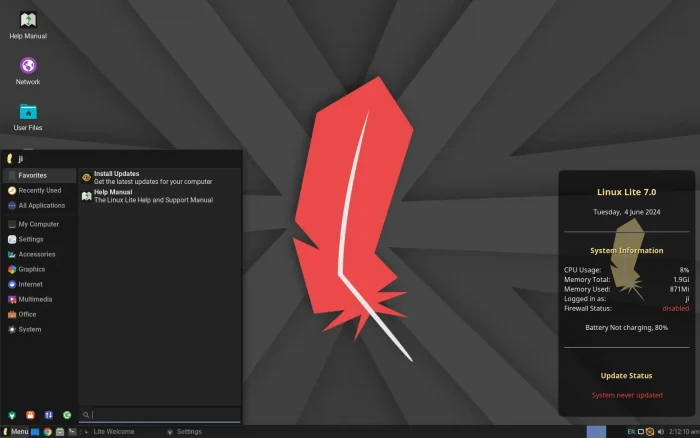
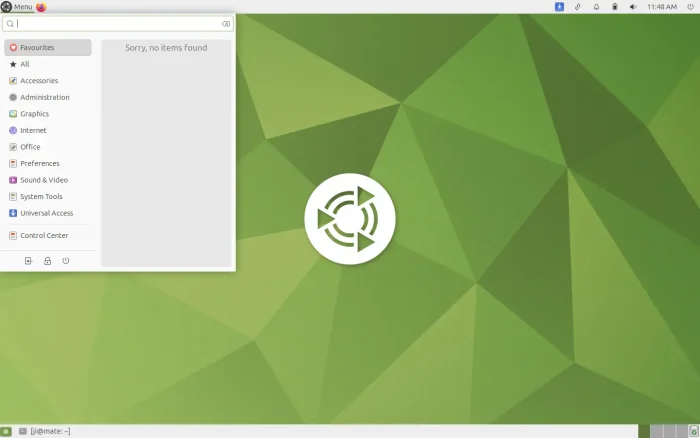
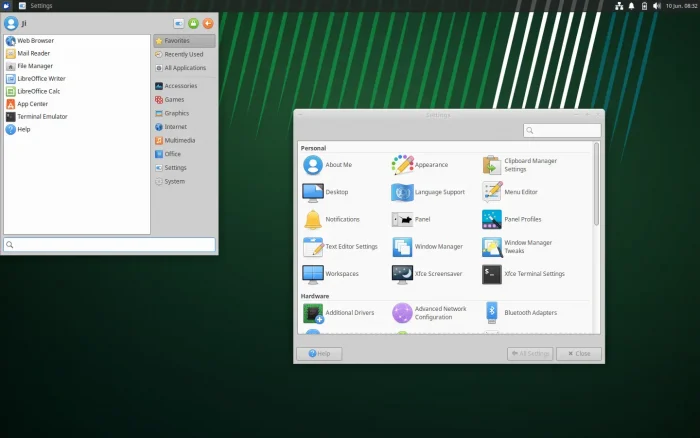
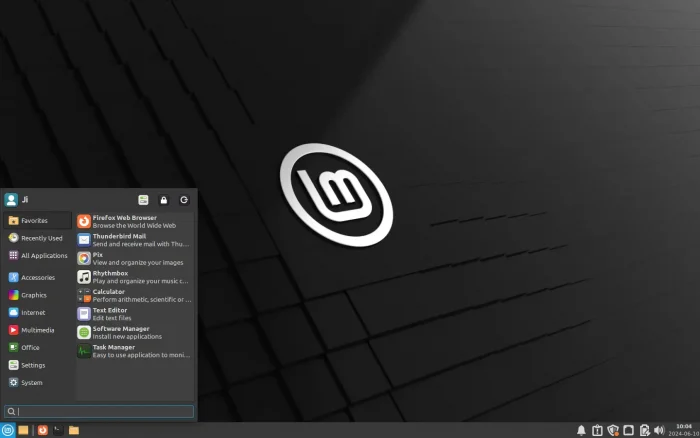
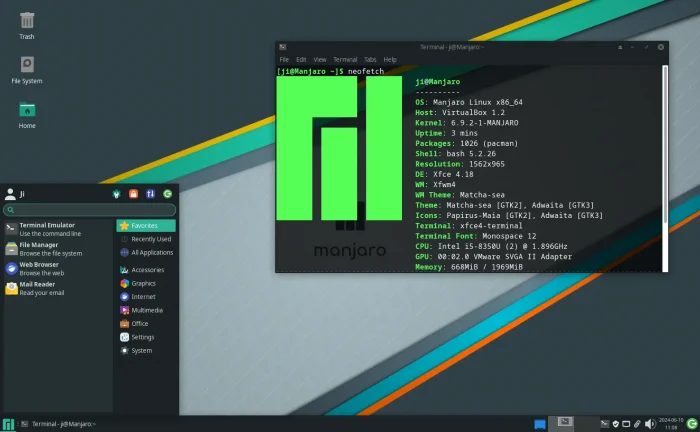
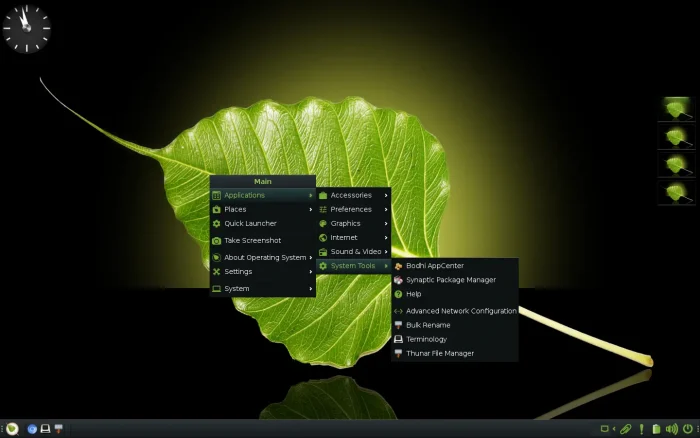
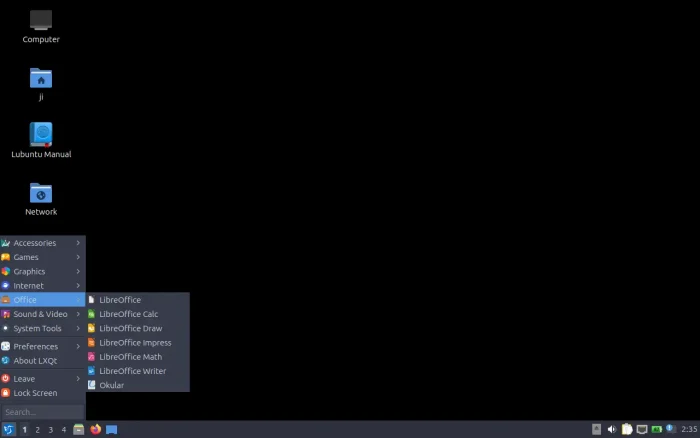
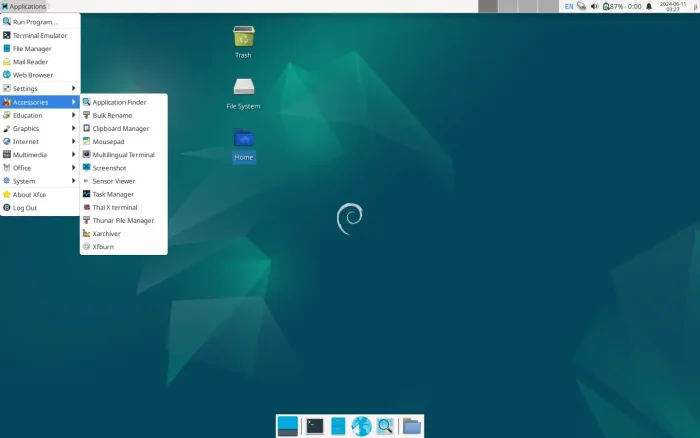
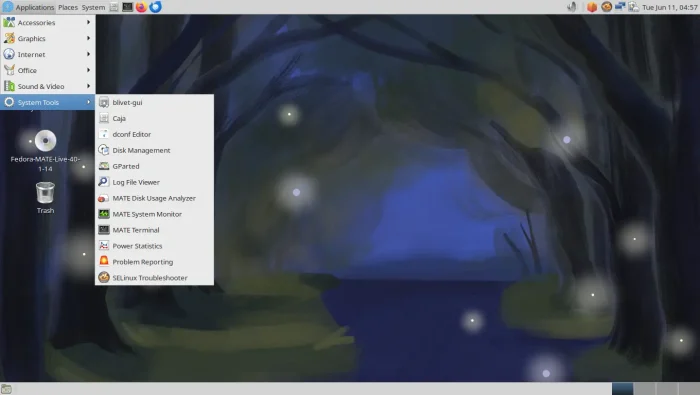










Nobody understands what LIGHTWEIGHT means. None of those distros are lightweight. Nobody bothered to look at the boot process and what is loading and what is not. All of them run HEAVY SPAGHETTI SYSTEMD. All of them load badzilliions services. There are like 5 SUMO/WHALE OVERWHEIGTH SNAP SERVICES. Software (like email client or browser) runs sluggish and takes WAY TOO MUCH recources (compared to e.g. native compiles with shared libraries software). None of those GTK3 are good: they are based on CRAPPY MUTTER (its junk and despite bandaid called triple buffering they are mathematical nightmare- and cause jerky system …. some things have been slowly backported to Ubuntu, but it doesn’t make sense to use this wayland+mutter. Its junk. Ask the chief Canonical engineeer and read his old blog posts). On top of it the kernel is improperly compiled. There’s not support for bfq (big spinning drives), no written udev rules for the I/O scheduler (needs none+mq-deadline for respectively nvme and SSD), there’s no RAM management and no ZSWAP- which needs to use z3fold allocator + lz4 early module load. They all default to zstd, which cosumes more RAM and CPU than its saves (WAAAAY too much, which completely counteracts the concept). They have no respect for user choice of running services and dump all. THIS IS NOT LIGHTWEIGHT. AND GTK/MUTTER is not in the lightweight category.
In lightweigh category would be properly compiled kernel, openrc or runit (but not systemd) and minimal services + KDE 6.2.x . Not even those that are there are properly chosen, e.g. UFW is a /var/log polluting junk, that doesn’t even properly work with its gui agains systemd. There should be nftables+firewalld.
I wander why everyone is repeating over and over the same junk. NO XFCE doesn’t make system lightweigh. 1st: It has nothing to do with system being lightweight and 2nd: it even makes it WORSE (GTK/MUTTER) and wayland is jerky, plus software is compiled wrong (without openGL support – vide mupdf-gl- that poppler based shit ina all of them? Stop kidding me, so its sluggish!
And fo the love of GOD, stop calling those distros “Lightweight”!
@ John Smith : Could you kindly tell us the real light weight Distro then? Im super newbie in Linux , and have been installed Mint Mate 21 & Q4OS 5.5 on an old low spec PC’s at my office.It run all right , but not what i expected. Thanks
I recommend you to watch on Youtube: Linux Init Systems Compared! (SystemD, OpenRC, Runit)
thanks bro